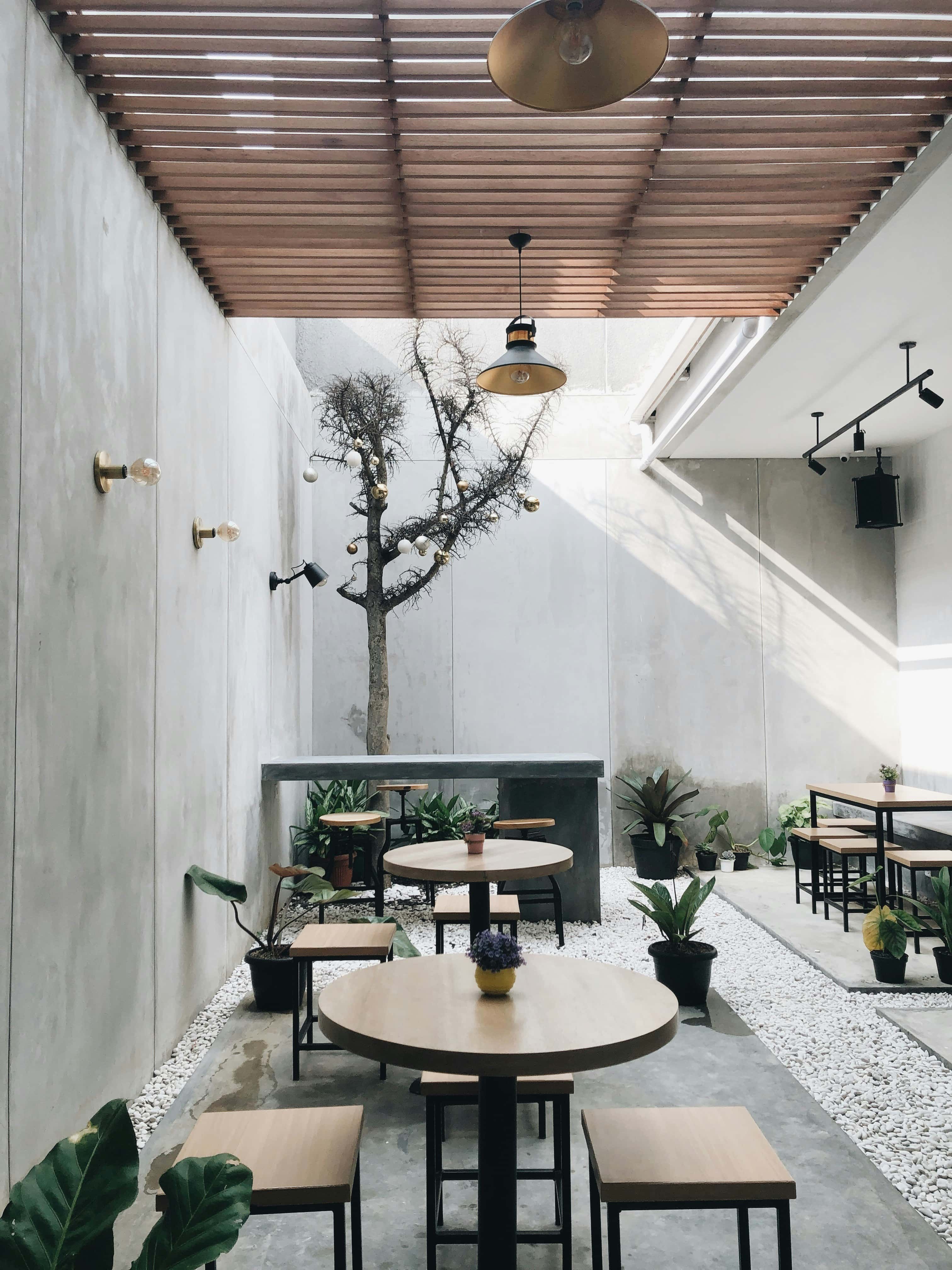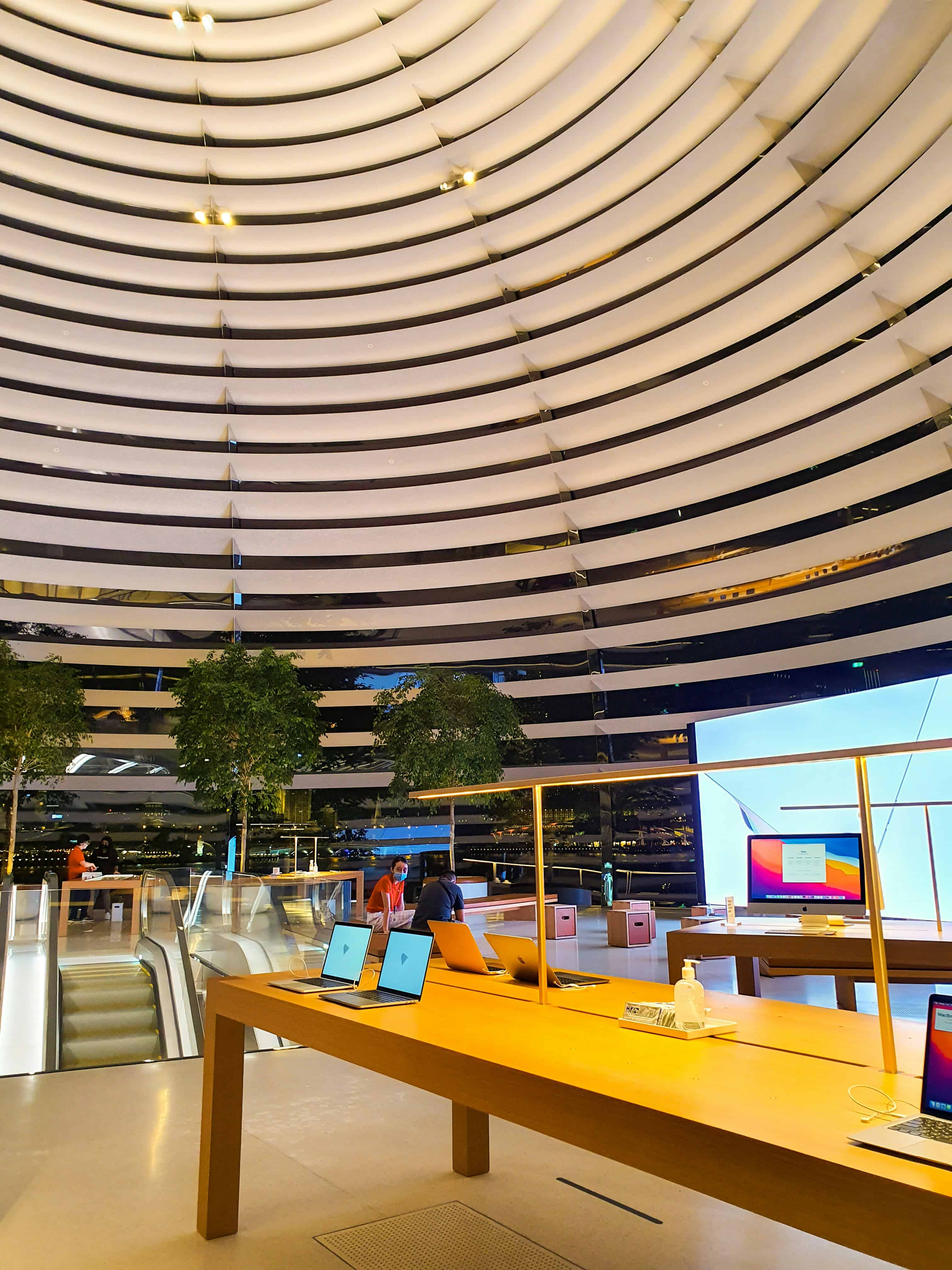
Innovative Use of Louvered Doors in Restaurant Interiors
Innovative Use of Louvered Doors in Restaurant Interiors
In the symphony of culinary excellence, the space within which a restaurant's artistry unfolds is often overlooked. Yet, the backdrop of every dining experience—the restaurant interior—plays a crucial role in setting the mood, enhancing the visuals, and optimizing the overall experience for patrons. For interior designers, commercial builders, and restaurant owners, the choice of elements in this space is not just a matter of style but a crucial ingredient in a successful recipe for a satisfying dining experience.
In this extensive exploration, we delve into how louvered doors, an unsung hero of ventilation and space partitioning, can be ingeniously integrated into the vast canvas of restaurant interiors.
The Importance of Design in Restaurant Interiors
 A restaurant's interior design is more than a visual spectacle—it is a strategic tool that influences the entire spectrum of the dining experience. It must cater to a myriad of practical needs while immersing diners in a sensory journey that compliments the menu. From the lighting to the layout, every decision in restaurant design must be thoughtful and purpose-driven.
A restaurant's interior design is more than a visual spectacle—it is a strategic tool that influences the entire spectrum of the dining experience. It must cater to a myriad of practical needs while immersing diners in a sensory journey that compliments the menu. From the lighting to the layout, every decision in restaurant design must be thoughtful and purpose-driven.
Well-designed restaurant interiors are known to:
- Drive Traffic – Customers often decide to dine at a place based on its aesthetic appeal, mindful design can attract footfall.
- Enhance Comfort – Casual or fine dining, the ambiance must be comfortable, welcoming, and professional.
- Boost Branding – The interior reinforces the brand's identity, aligning with its values and cuisine type.
- Maximize Efficiency – The right design can streamline operations, from the kitchen to the waitstaff's paths.
Benefits of Louvered Doors
Louvered doors, with their characteristic angled slats, offer a departure from traditional flat panels. The architectural ingenuity of louvered doors brings a series of benefits that can significantly contribute to the functionality and aesthetics of restaurant spaces.
Improved Ventilation and Airflow
In a bustling restaurant, maintaining optimal air quality is paramount. Louvered doors facilitate natural, unobtrusive airflow, ensuring that the dining area remains fresh without compromising on privacy.
Enhanced Visual Appeal and Aesthetics
Beyond their practical utility, louvered doors add a touch of charm and elegance. Their unique texture and play of light and shadow contribute to a dynamic visual appeal that can be crafted to suit any design scheme.
Customizable Solutions for Different Spaces
Every restaurant space is unique and requires custom solutions. Louvered doors offer a variety of customization options, including materials, sizes, and finishes, making them a versatile choice for different architectural contexts.
Applications in Restaurant Interiors
 Louvered doors can be creatively integrated into various parts of a restaurant, each serving a different purpose while contributing to the overall design harmony.
Louvered doors can be creatively integrated into various parts of a restaurant, each serving a different purpose while contributing to the overall design harmony.
Main Entrance and Foyer
The grandeur of the entrance sets the tone for the dining experience. A louvered door with its inviting yet controlled reveal, can offer a tantalizing glimpse into the restaurant's interior without revealing too much.
Dining Areas and Partitions
Versatile and elegant, louvered doors can serve as movable partitions in larger dining spaces, allowing for flexible layouts that accommodate the ebb and flow of patrons while maintaining the decorative theme.
Kitchen and Storage Areas
Practicality meets style in the kitchen and storage areas, where louvered doors provide necessary ventilation and visual division without fully concealing the chef's culinary performances or the storeroom contents from view.
Case Studies
To understand the practical application of louvered doors, it's enlightening to look at how they've been used effectively in real restaurant projects. Let's examine two distinct examples.
The Rustic Bistro
This countryside-inspired bistro employs louvered doors to create a seamless indoor-outdoor connection, allowing patrons to enjoy the scenic views. The doors also act as a screen against breezy afternoons, contributing both to the comfort and aesthetics of the space.
The Urban Restraint
In a contemporary urban space with limited square footage, louvered doors are employed to partition a private dining area. When not in use, the doors fold away to open up space, enhancing the feeling of expansiveness.
Considerations for Implementation
While the benefits of louvered doors are clear, their implementation requires thoughtfulness, particularly in the context of restaurant interiors.
Building Codes and Regulations
Before incorporating louvered doors, it's essential to ensure compliance with local building codes and fire safety regulations. Certain spaces may require solid doors for complete compartmentalization, and it's crucial to work with architects and contractors to navigate these requirements.
Noise Reduction and Privacy
Louvered doors offer a degree of privacy but are not soundproof. In areas where acoustic isolation is vital, supplementary measures will be necessary. They are, however, excellent for noise reduction in that they can manage sound in a space.
Maintenance and Durability
High-traffic restaurant environments demand durable, low-maintenance materials. Ensure the louvered doors selected are easy to clean and resistant to wear and tear, especially in kitchen and washroom settings.
Conclusion
The versatile application of louvered doors in restaurant interiors is a testament to their unique blend of form and function. As trends in the industry continue to prioritize a seamless customer experience, these elements offer a blueprint for establishments looking to stand out.
Louvered doors are more than just points of entry or barriers; they are storytellers, using light, shadow, and air to weave the narrative of the dining experience. For those vested in the art of culinary delight, integrating these architectural marvels can open the door to a whole new world of design possibilities.
